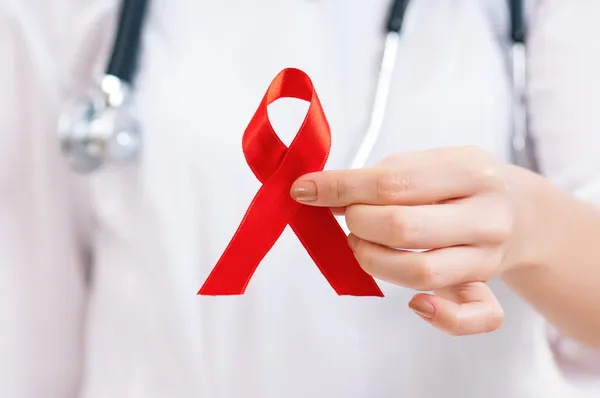Revolutionizing HIV Treatment: A New Era of Hope (2025)
Since its discovery in the 1980s, HIV (Human Immunodeficiency Virus) has been a significant global health challenge. Although a complete cure remains elusive, ongoing innovations in HIV treatment and prevention are improving the quality of life for those living with the virus. This article highlights the latest breakthroughs in HIV management, which are transforming the lives of patients and reducing the global impact of the disease.
Since its discovery in the 1980s, HIV (Human Immunodeficiency Virus) has been a significant global health challenge. Although a complete cure remains elusive, ongoing innovations in HIV treatment and prevention are improving the quality of life for those living with the virus. This article highlights the latest breakthroughs in HIV management, which are transforming the lives of patients and reducing the global impact of the disease.

Antiretroviral Therapy (ART): The Foundation of HIV Treatment
Antiretroviral Therapy (ART) has long been the cornerstone of HIV treatment. ART involves a combination of drugs that work together to suppress the replication of the virus, which significantly reduces the viral load and strengthens the immune system. While ART cannot cure HIV, it is instrumental in preventing the progression to AIDS and helps people with HIV live long, healthy lives. With proper adherence to ART, many individuals with HIV can maintain an undetectable viral load, which means they cannot transmit the virus to their partners, a concept known as U=U (undetectable = untransmittable).
Advancements in HIV Medication
Recent developments in HIV medication have focused on increasing efficacy, convenience, and reducing side effects. One notable advancement is Biktarvy, a once-daily combination pill that provides strong viral suppression with minimal side effects, making it a popular choice for many patients.
Another groundbreaking drug is Lenacapavir, a long-acting injectable medication designed for individuals with multidrug-resistant HIV. Lenacapavir is administered every six months, offering greater convenience and flexibility for those who struggle with daily medication adherence. These new treatments not only improve the effectiveness of HIV management but also enhance the patient's ability to adhere to treatment regimens, leading to better long-term outcomes.
Long-Acting HIV Therapies for Improved Adherence
For individuals who find it difficult to take daily medications, long-acting therapies have revolutionized treatment options. Cabenuva is a long-acting injectable regimen that is administered either monthly or every two months, eliminating the need for daily pills. This innovation addresses one of the key barriers to adherence, providing patients with more convenience and flexibility while ensuring they receive the necessary treatment. These long-acting therapies represent a significant step forward in simplifying HIV care and improving patient satisfaction.
Pre-Exposure Prophylaxis (PrEP): A Game-Changer in HIV Prevention
In addition to treatment advances, HIV prevention has also seen remarkable progress. Pre-Exposure Prophylaxis (PrEP) is a preventive medication that reduces the risk of HIV transmission by over 90% when taken consistently. PrEP is particularly beneficial for individuals at higher risk of HIV exposure, such as those with HIV-positive partners, men who have sex with men, and individuals who engage in high-risk behaviors.
PrEP has been a game-changer in global HIV prevention, allowing individuals to take proactive measures to protect themselves from infection. When used in combination with other prevention strategies like condoms and harm reduction practices, PrEP has the potential to significantly reduce new HIV cases worldwide.
Breaking the Stigma and Spreading Awareness
Despite significant medical advancements, stigma surrounding HIV remains a major obstacle to effective treatment and prevention. Discrimination based on HIV status can prevent individuals from seeking care or adhering to treatment, further perpetuating the cycle of the virus.
Public awareness campaigns, education, and advocacy efforts are crucial in combating the stigma associated with HIV. By fostering a more inclusive and accepting environment, society can ensure that individuals living with HIV receive the care and support they need without fear of discrimination.
Conclusion
The advancements in HIV treatment and prevention are ushering in a new era of hope. While a definitive cure remains on the horizon, the development of more effective medications, long-acting therapies, and preventive treatments like PrEP are transforming HIV care. With continued research, education, and awareness, the global community is moving closer to minimizing the impact of HIV and eliminating it as a major health threat.








